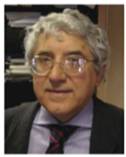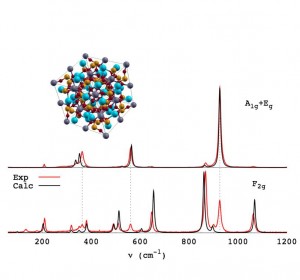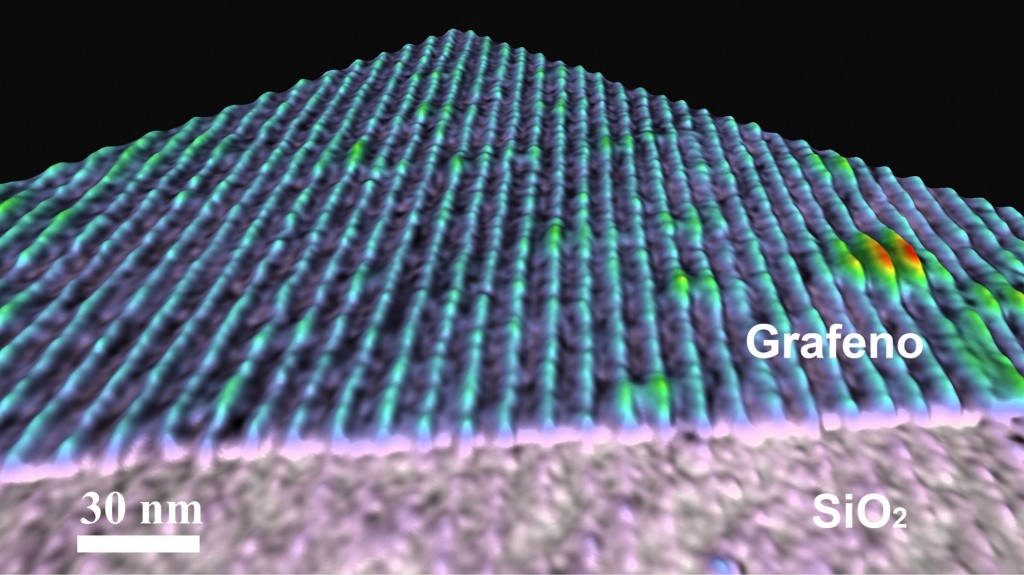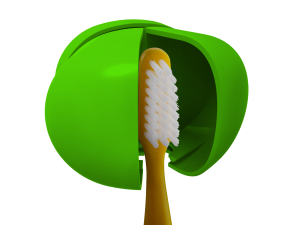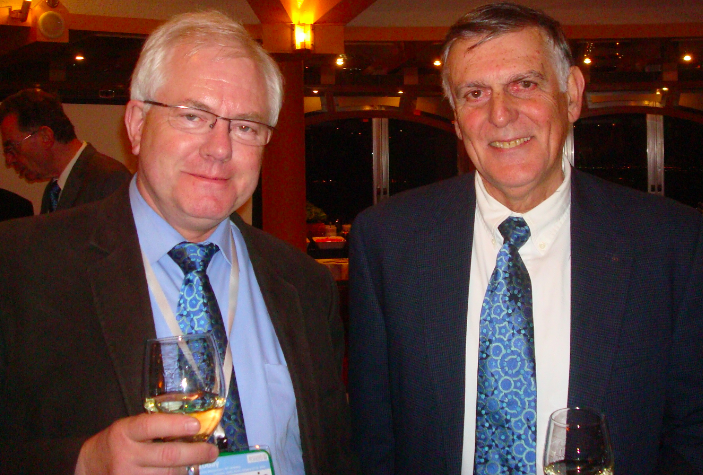The German physicst Karl Leo studied physics at the Albert Ludwigs University of Freiburg (Gemany) and obtained the “Diplomphysiker” degree with a thesis on solar cells at the Fraunhofer Institute for Solar Energy Systems (Germany). In 1988, he obtained the PhD degree from the University of Stuttgart for a doctoral thesis performed at the Max Planck Institute for Solid State Research in Stuttgart. From 1989 to 1991, he was a postdoc at AT&T Bell Laboratories (United States). In 1991 he joined the RWTH Aachen University (Germany) as an assistant professor and obtained the Habilitation degree. In 1993 he joined the Dresden University of Technology (Germany) as a professor of optoelectronics. Since 2001 until 2013, he has been also with the Fraunhofer Institute for Photonic Microsystems, being head of department and then director.
He won some of the most prestigious German awards in science, technology and innovation, such as the Leibniz award (2002) and the German Future Prize (2011).
He is the author of more than 550 refereed publications, with more than 23.000 citations, having an H index = 73 (Google Scholar). He is (co-)inventor of approximately 50 patent families.
Since 1999 he has co-founded 8 spin-off companies, such as Heliatek and Novaled, which have employed more than 250 people and raised more than 60M€.

Read our interview with the lecturer.
SBPMat newsletter: – Under your viewpoint, which are your main contributions in the field of Materials Science and Engineering? Please think about papers, patents, spin-off companies, products etc.
Karl Leo: – I spent most of the last decades improving organic semiconductors and developing new device concepts for organic semiconductor devices. One example is the development of controlled electrical doping, which allowed much higher electrical conductivities. As a result, we could e.g. realize white organic light emitting diodes which are more efficient than fluorescent tubes. As device principle, we e.g. developed novel vertical transistors which can drive very high currents so that they can be used to drive OLED displays.
SBPMat newsletter: – Please give us a short teaser about your plenary talk at the XIII SBPMat meeting. What do you intend to broach?
Karl Leo: – I will talk about highly efficient organic devices, touching both organic LED and organic solar cells. I will describe the challenges in materials research and the importance of new device concepts.
SBPMat newsletter: – Could you choose some of your main publications (about 3 or 4) on the topics of your plenary lecture to share them with our public?
Karl Leo: –
1. Doped Organic Transistors: Inversion and Depletion Regime. Lüssem, B., Tietze, M.L., Kleemann, H., Hoßbach, C., Bartha, J.W., Zakhidov, A. and Leo, K. , Nature Comm. 4, 2775 (2013).
2. Phase-locked coherent modes in a patterned metal-organic microcavity. Brückner, R. Zakhidov, A., Scholz, R., Sudzius, S., Hintschich, S.I., Fröb, H., Lyssenko, V.G. and Leo, K., Nature Photonics 6, 322–326 (2012).
3. White organic light-emitting diodes with fluorescent tube efficiency. Reineke, S.; Lindner, F.; Schwartz, G. et al., Nature 459, 234 (2009).
SBPMat newsletter: – Feel free to leave other comments to our readers from the Materials research community.
Karl Leo: – The field of materials research is as exciting as ever, and in the field of organic semiconductors, we are still in the beginning, maybe where silicon was in 1970…

